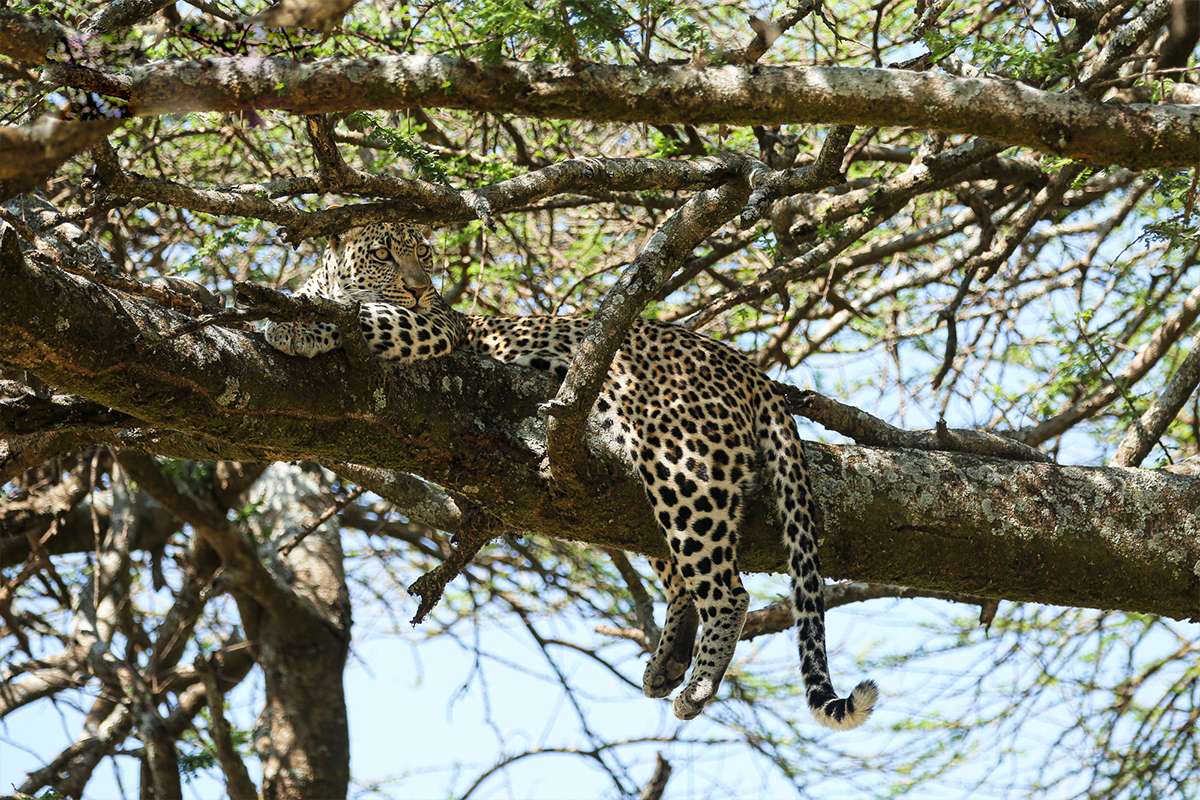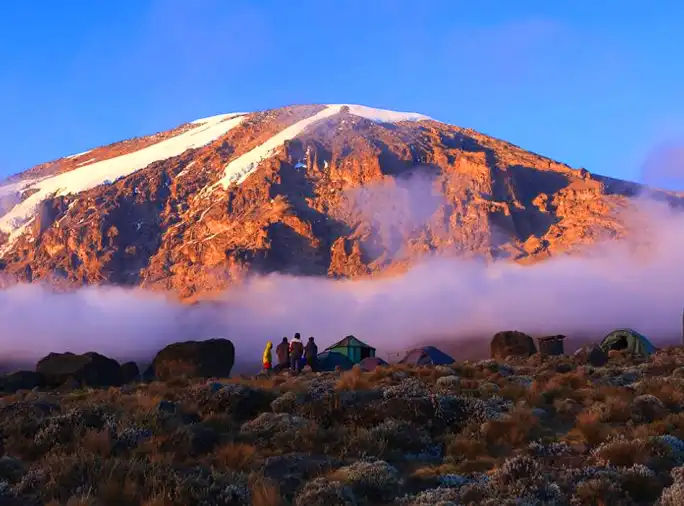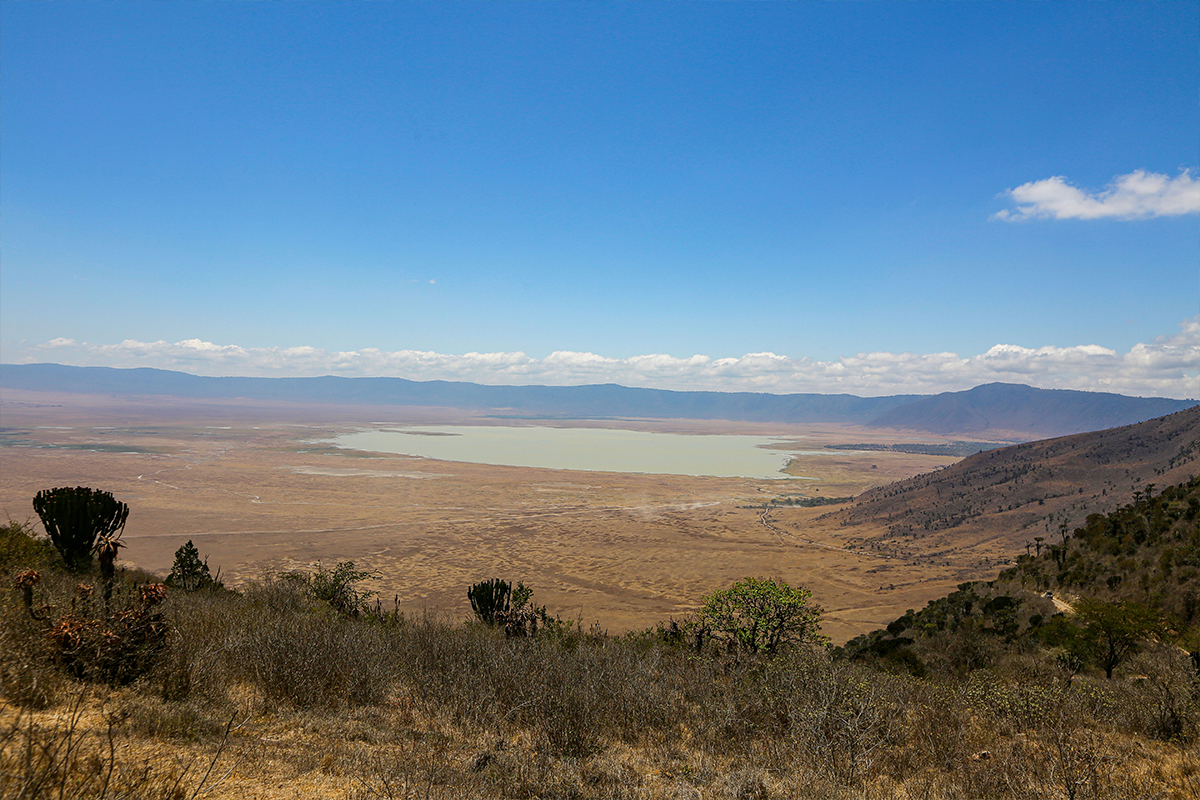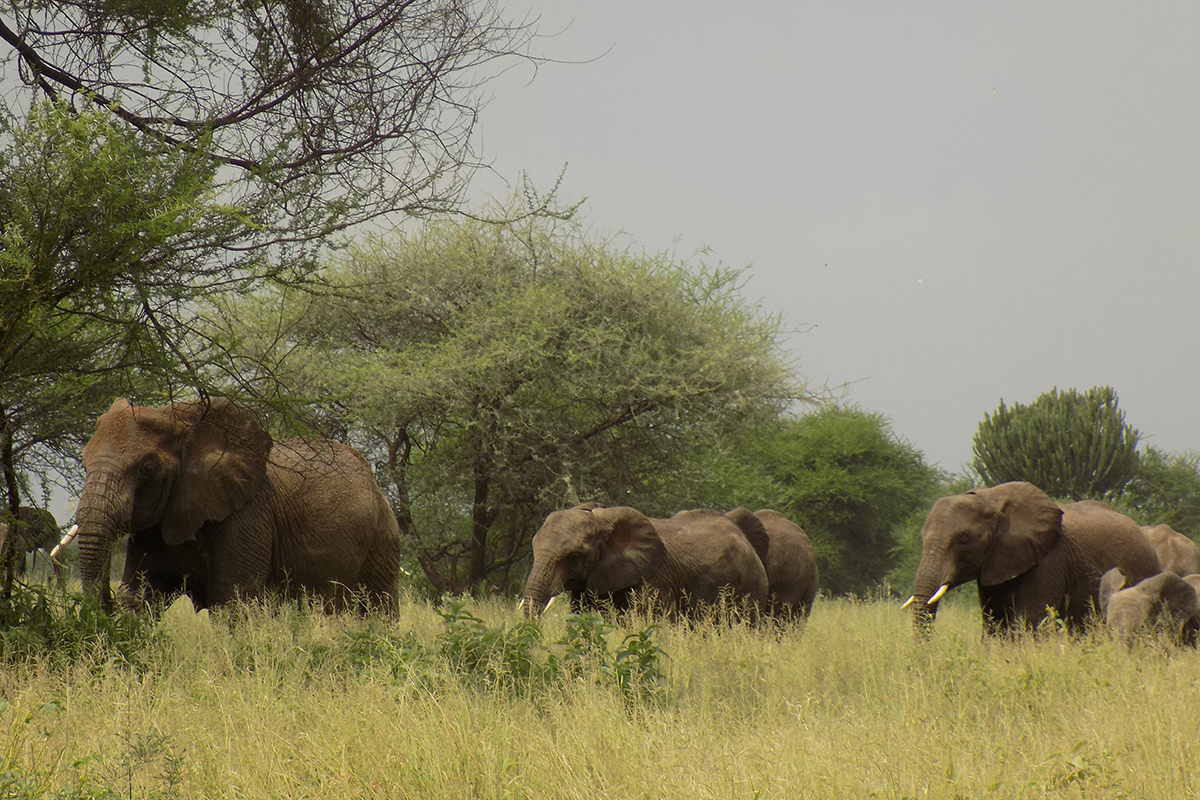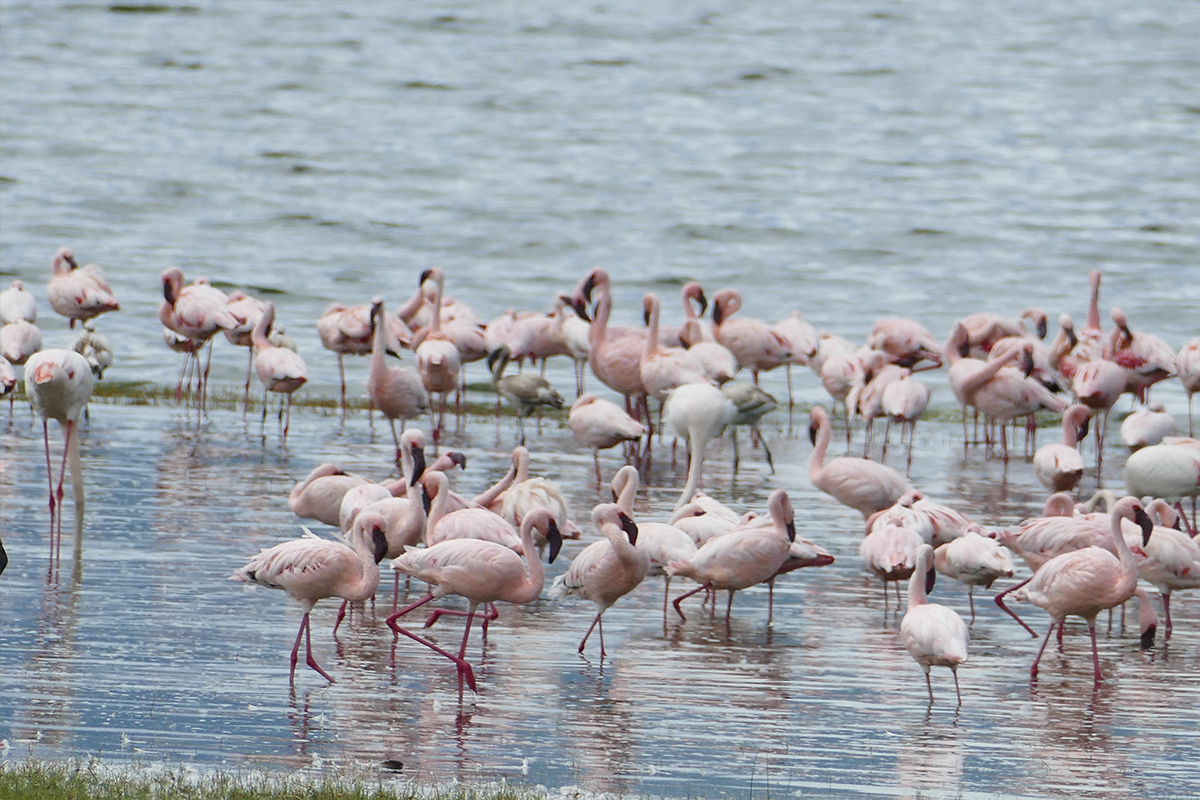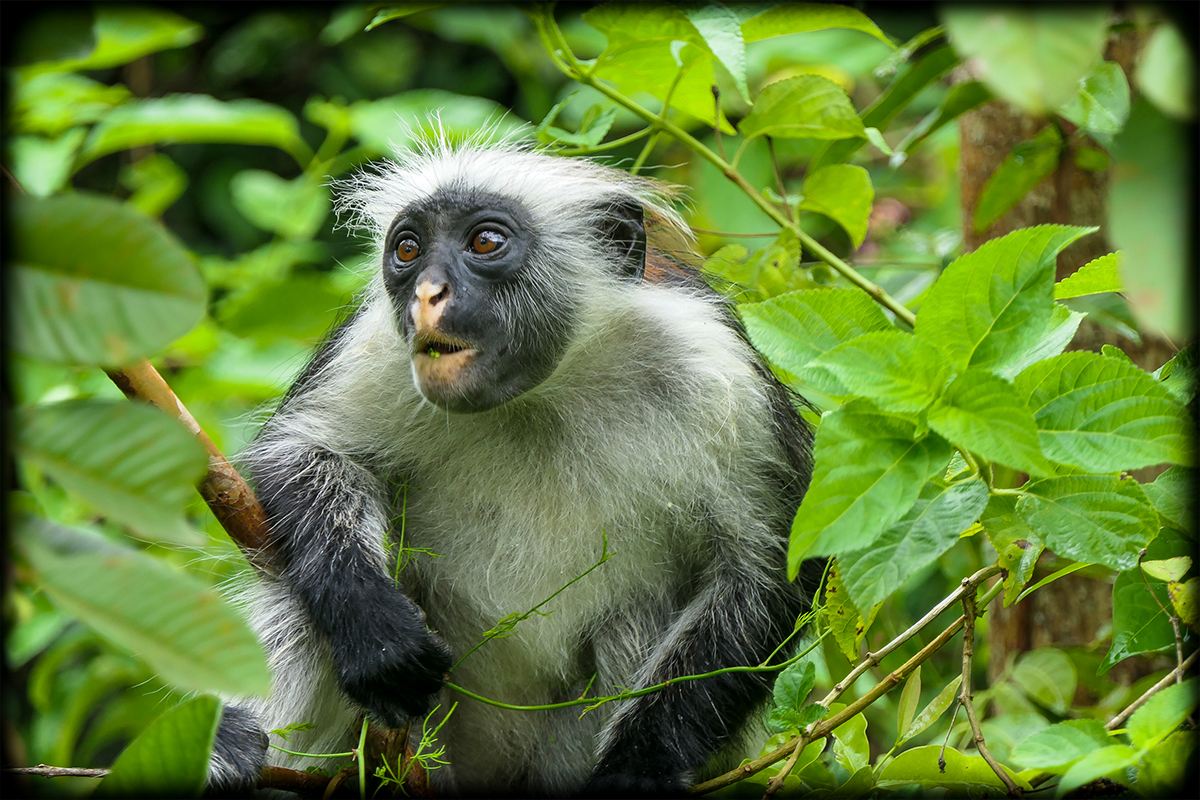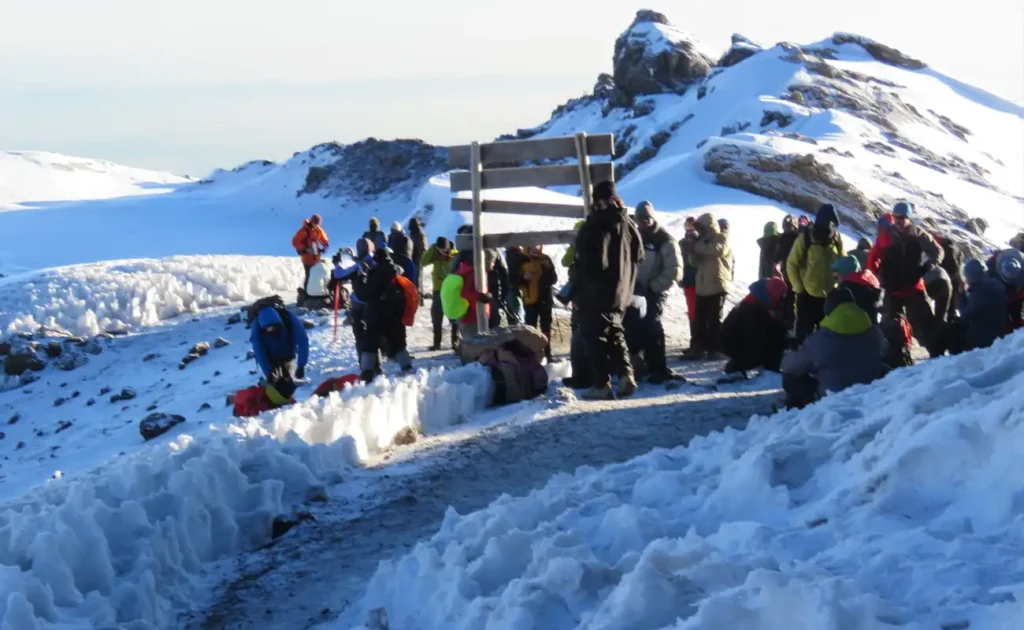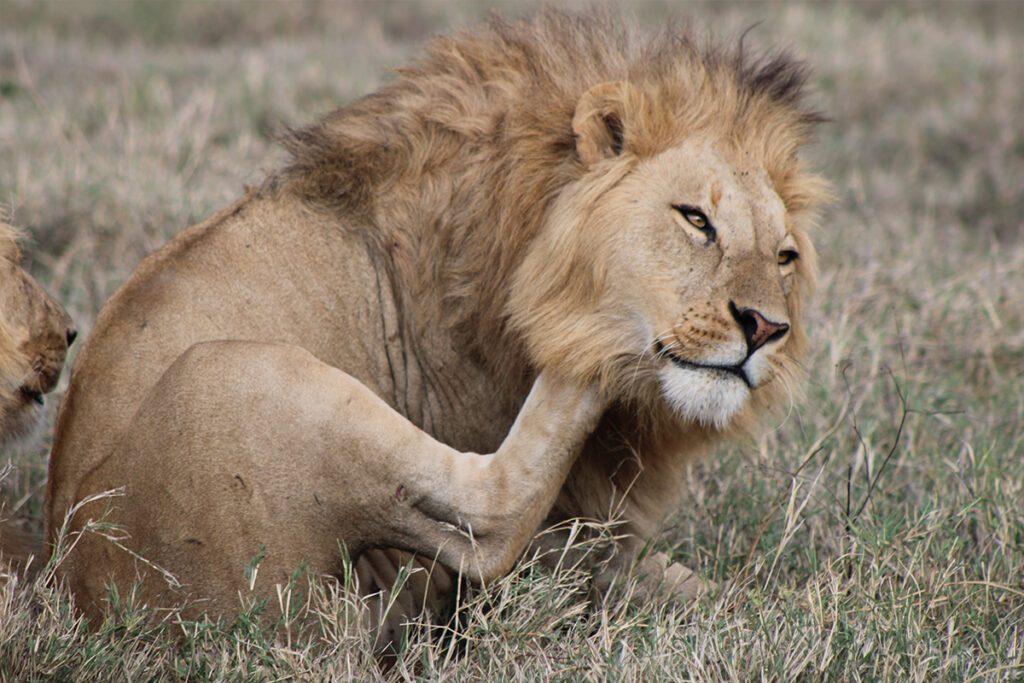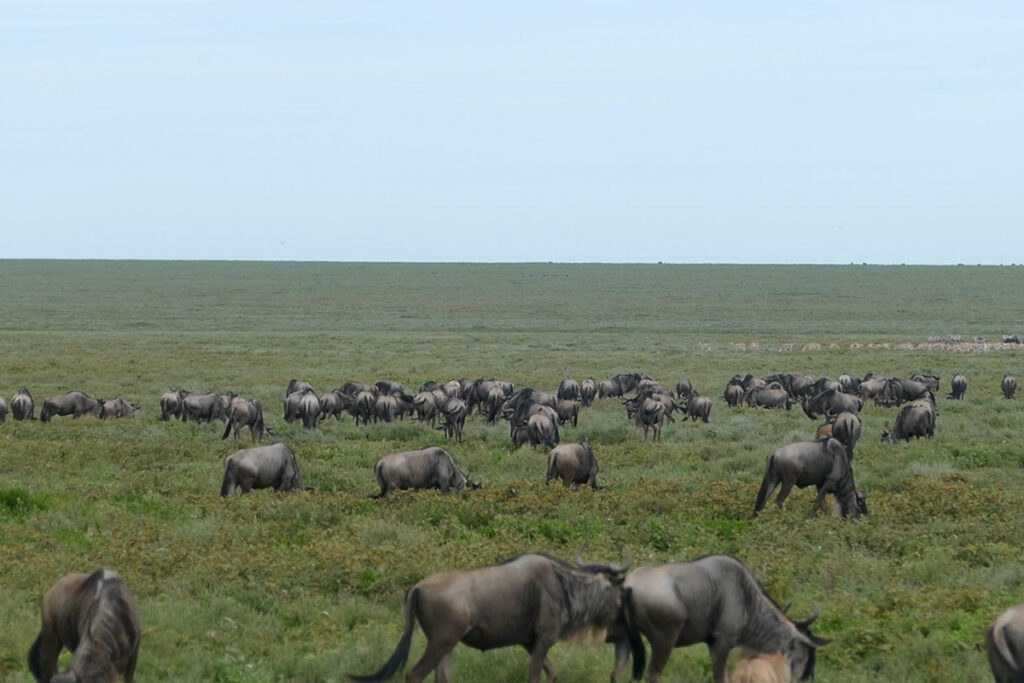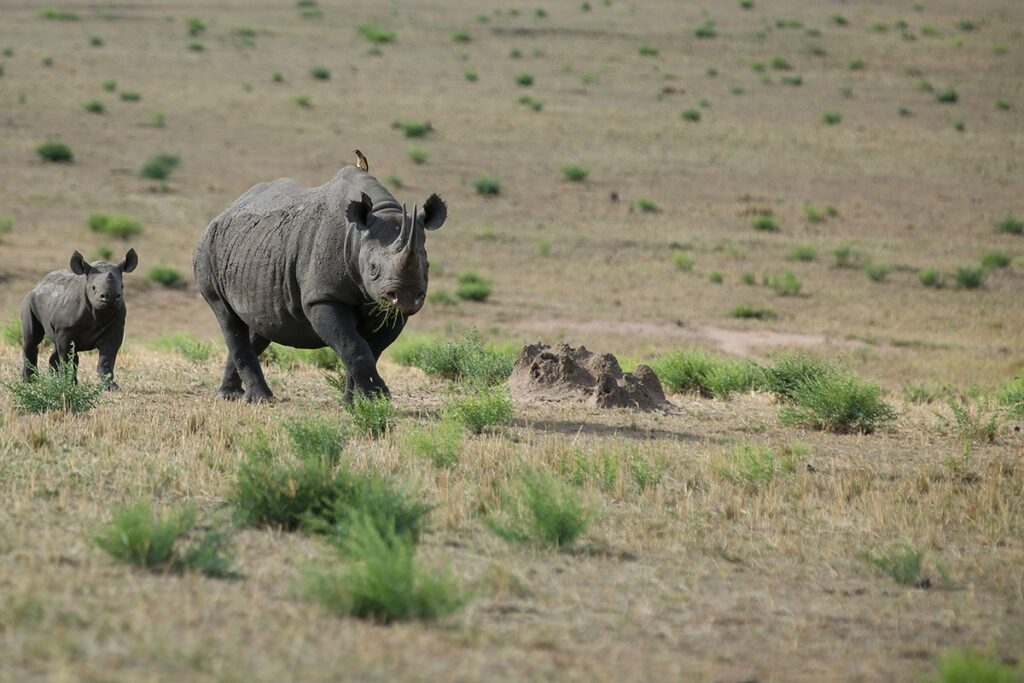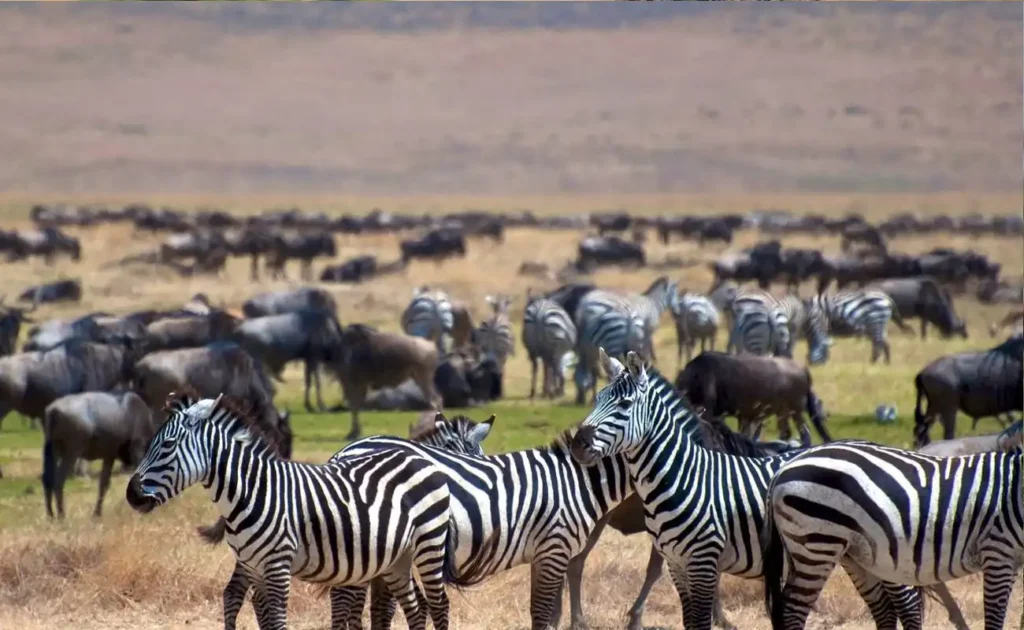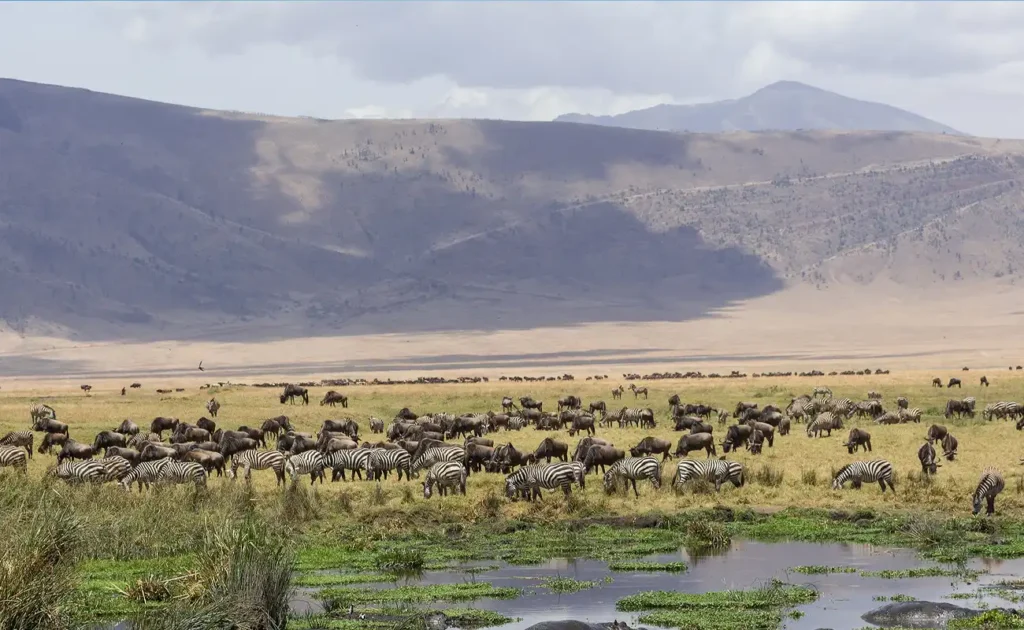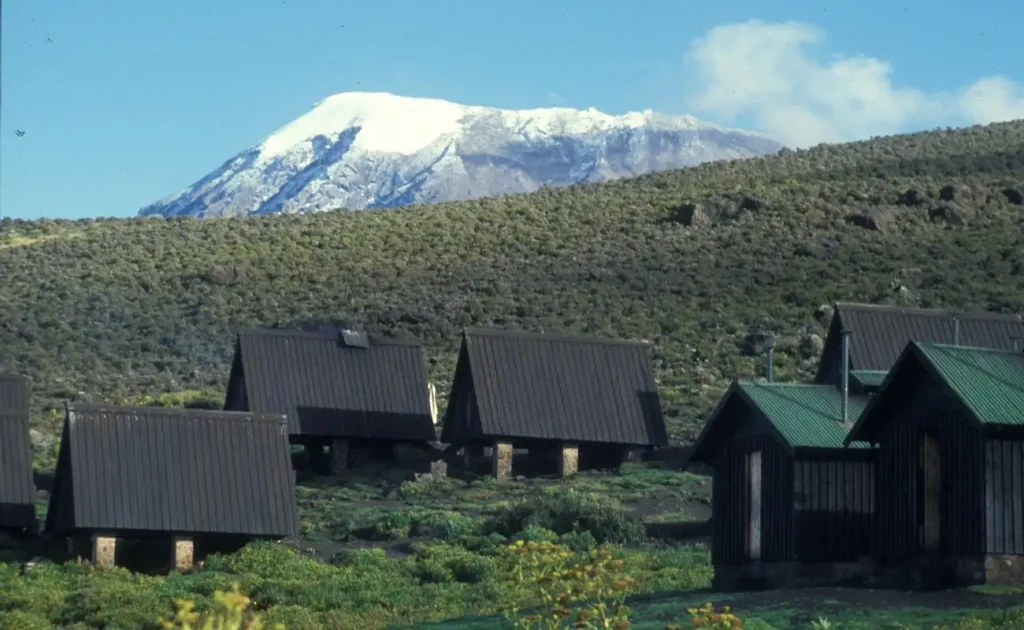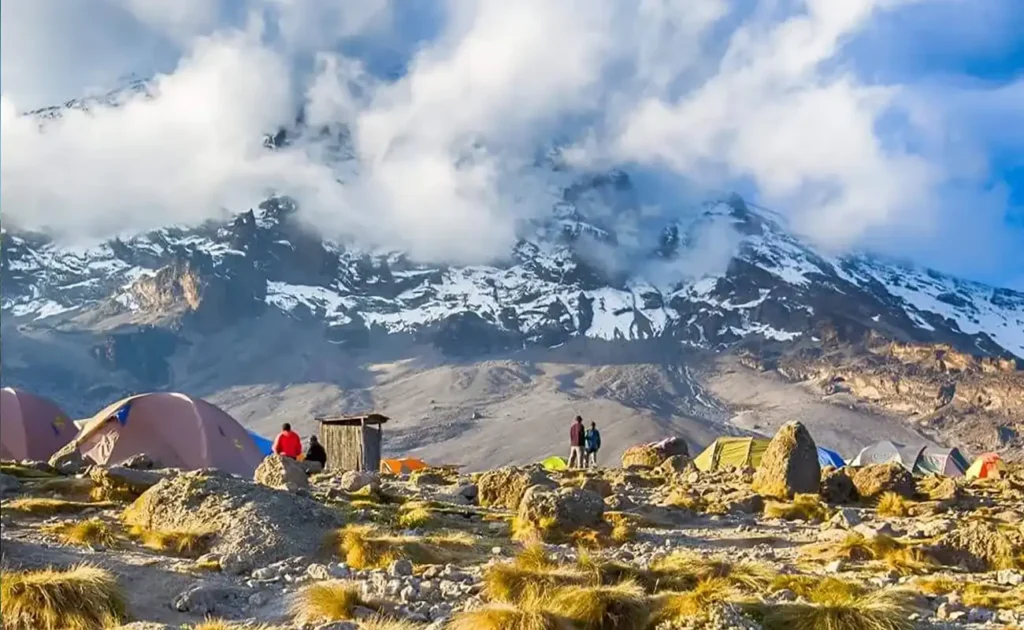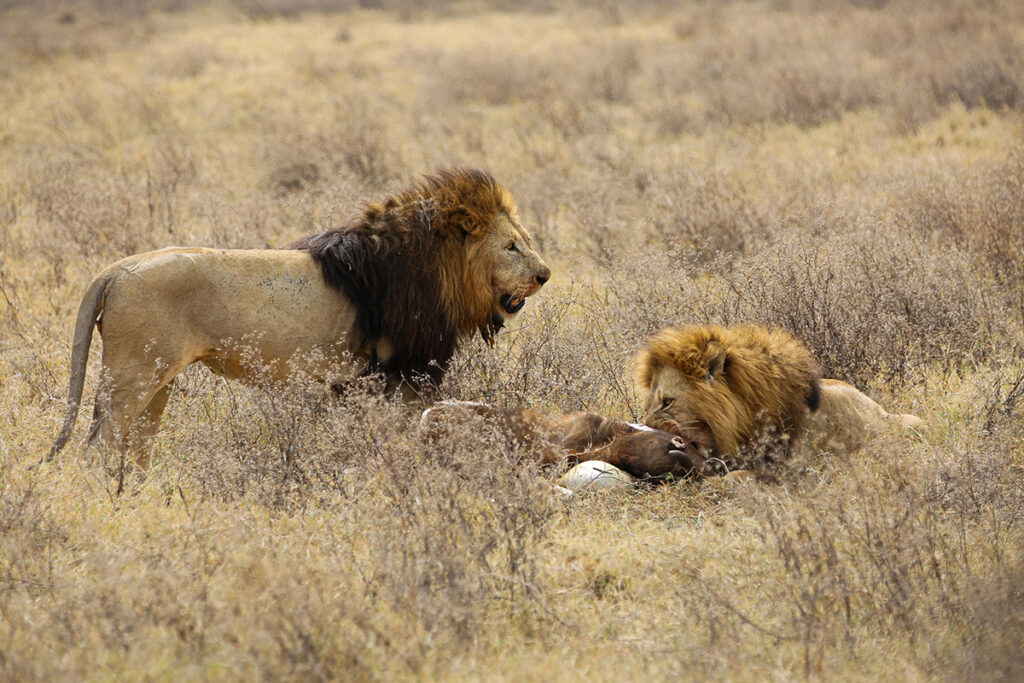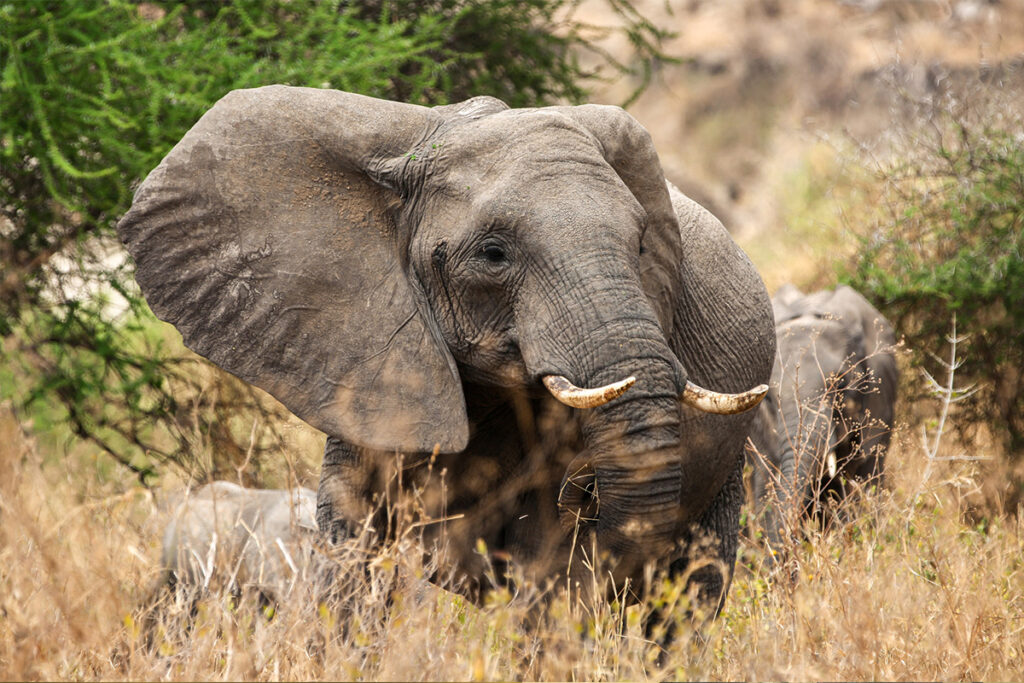Kilimanjaro Food: What to Expect on Your Climb
Proper nutrition is crucial when climbing Mount Kilimanjaro. Over the course of your trek, your body will burn thousands of calories each day, and maintaining energy levels is essential to reach the summit successfully. Whether you’re an experienced trekker or climbing Kilimanjaro for the first time, knowing what kind of food to expect is important for your preparation. In this article, we’ll cover the types of meals provided on Kilimanjaro, how food is prepared, what dietary accommodations are available, and tips for staying fueled throughout your climb.
I. Importance of Food on Kilimanjaro
Your body requires high-energy foods to fuel long days of hiking at high altitudes. The food you eat on Kilimanjaro plays a key role in helping you combat altitude sickness, maintain stamina, and recover each night for the next day’s hike. The meals provided are designed to be nutritious, energy-packed, and easy to digest, ensuring that you can keep moving toward the summit.
A. Nutritional Needs on the Mountain
- Calories: You’ll burn a lot of calories on Kilimanjaro, typically between 4,000 and 6,000 calories a day depending on the difficulty of the route.
- Carbohydrates: Carbs are your body’s primary source of energy, so meals are rich in carbohydrates like pasta, rice, potatoes, and bread.
- Proteins: Proteins help repair muscles and are included in most meals in the form of eggs, beans, chicken, or beef.
- Fats: Fats provide long-lasting energy, often included in foods like nuts, avocados, and oils.
- Hydration: Drinking water is essential to staying healthy and acclimatizing to the altitude.
II. Typical Kilimanjaro Meal Plan
On Kilimanjaro, your trekking company will provide three main meals each day—breakfast, lunch, and dinner—as well as snacks to keep your energy up between meals. Here’s what a typical day of eating looks like during a Kilimanjaro trek:
A. Breakfast
Breakfast is the most important meal to kickstart your day of trekking. Expect hearty, high-energy foods to fuel your morning ascent.
- Examples of Breakfast Foods:
- Porridge (oatmeal)
- Eggs (boiled, scrambled, or fried)
- Toast or bread with butter and jam
- Pancakes or crepes
- Fresh fruit
- Tea, coffee, or hot chocolate
B. Lunch
Lunch is often eaten at a rest stop along the route and is designed to provide energy without being too heavy.
- Examples of Lunch Foods:
- Sandwiches with fillings like cheese, chicken, or avocado
- Pasta salads or rice dishes
- Fresh vegetables like cucumbers and carrots
- Fruit, such as bananas or oranges
- Juice or water
C. Dinner
Dinner is the largest meal of the day and usually served once you’ve arrived at the campsite. It is designed to replenish energy after a long day of hiking and prepare your body for the next day’s challenges.
- Examples of Dinner Foods:
- Soup (vegetable, lentil, or tomato)
- Main course with rice, pasta, or potatoes
- Meat (chicken, beef, or fish) or vegetarian protein (beans or lentils)
- Steamed vegetables
- Bread or chapati
- Hot drinks like tea or cocoa
D. Snacks
In addition to meals, you’ll be given snacks throughout the day to maintain energy levels. Your guide may provide energy bars, nuts, dried fruit, or biscuits to keep you going between meals.
E. Table: Sample Meal Plan for a Day on Kilimanjaro
| Meal | Example Foods |
|---|---|
| Breakfast | Porridge, eggs, pancakes, fresh fruit, coffee/tea |
| Lunch | Chicken sandwich, pasta salad, fresh vegetables, water |
| Dinner | Vegetable soup, rice with chicken and steamed vegetables, bread |
| Snacks | Energy bars, nuts, dried fruit, biscuits |
III. How Food is Prepared on Kilimanjaro
All food on Kilimanjaro is cooked and prepared by your trekking company’s chef or cook team, who are responsible for ensuring meals are safe, nutritious, and freshly made. Since you’re trekking in a remote environment, all ingredients are carried up the mountain by porters, and meals are prepared in portable kitchens at each camp.
A. Cooking Facilities
- Portable stoves are used for preparing hot meals.
- Fresh ingredients are carried to ensure meals are not only high in energy but also flavorful and varied.
- Special care is taken to ensure hygiene, with cooks trained to prepare meals safely at high altitudes.
B. Dietary Requirements
Most reputable trekking companies, like Sia Yangu Safari, accommodate dietary restrictions, including vegetarian, vegan, gluten-free, and lactose-free diets. Be sure to inform your trekking company of any dietary needs in advance so they can plan appropriately.
IV. Hydration on Kilimanjaro
Staying hydrated is just as important as eating the right foods. Dehydration can exacerbate the symptoms of altitude sickness and affect your energy levels. Trekkers are encouraged to drink at least 3-4 liters of water per day while on the mountain.
A. Water Sources
Water is collected from streams and purified by your trekking company. Your guide will either boil or use water purification tablets to ensure that the water is safe to drink.
B. Hot Drinks
To help maintain warmth and hydration, hot drinks such as tea, coffee, and cocoa are commonly served at meal times, especially during the colder evenings.
V. Tips for Eating on Kilimanjaro
Eating on Kilimanjaro isn’t just about enjoying meals—it’s a strategic part of the climb to keep your energy levels high and prevent altitude sickness. Here are a few tips to keep in mind:
- Eat Even When You’re Not Hungry: Altitude can suppress your appetite, but it’s important to eat even when you don’t feel hungry to maintain energy.
- Stay Hydrated: Drink water regularly throughout the day, not just at mealtimes. Carry a water bottle and take small sips often.
- Bring Personal Snacks: If you have favorite snacks that you prefer or need to keep your energy up, bring them along. Energy gels, protein bars, and trail mix are popular choices.
- Eat Carbohydrates: Carbohydrates are your main source of energy at high altitudes. Don’t shy away from consuming more carbs than usual while climbing.
FAQ About Kilimanjaro Food
What kind of food is served on Kilimanjaro?
Trekkers can expect a variety of meals including porridge, eggs, sandwiches, pasta, soups, and meats, along with snacks like energy bars and fruit.Can dietary restrictions be accommodated on Kilimanjaro?
Yes, most trekking companies, including Sia Yangu Safari, can accommodate dietary needs such as vegetarian, vegan, gluten-free, or lactose-free diets. Be sure to inform them in advance.How is water provided on Kilimanjaro?
Water is sourced from mountain streams and purified by boiling or using water purification tablets. Trekkers are encouraged to drink 3-4 liters of water per day to stay hydrated.What should I bring for snacks?
Trekkers are advised to bring high-energy snacks like protein bars, trail mix, nuts, and dried fruit. These help to maintain energy levels between meals.How do I maintain energy at high altitudes?
Eat carbohydrate-rich meals, stay hydrated, and snack regularly, even if you’re not hungry. These strategies will help keep your energy up and combat altitude sickness.
Your Title Goes Here
Your content goes here. Edit or remove this text inline or in the module Content settings. You can also style every aspect of this content in the module Design settings and even apply custom CSS to this text in the module Advanced settings.
LET'S PLAN
YOUR SAFARI TOGETHER
Start planning your tour with us, we can create an itinerary from scratch or modify one of our suggested itineraries.
Top Pick Tour Packages For You
Tanzania Safari and Trekking
Tanzania boasts Africa’s renowned parks, promising unforgettable luxury safaris. With expertly crafted itineraries, immerse yourself in the finest national parks for a tailored wildlife adventure.

